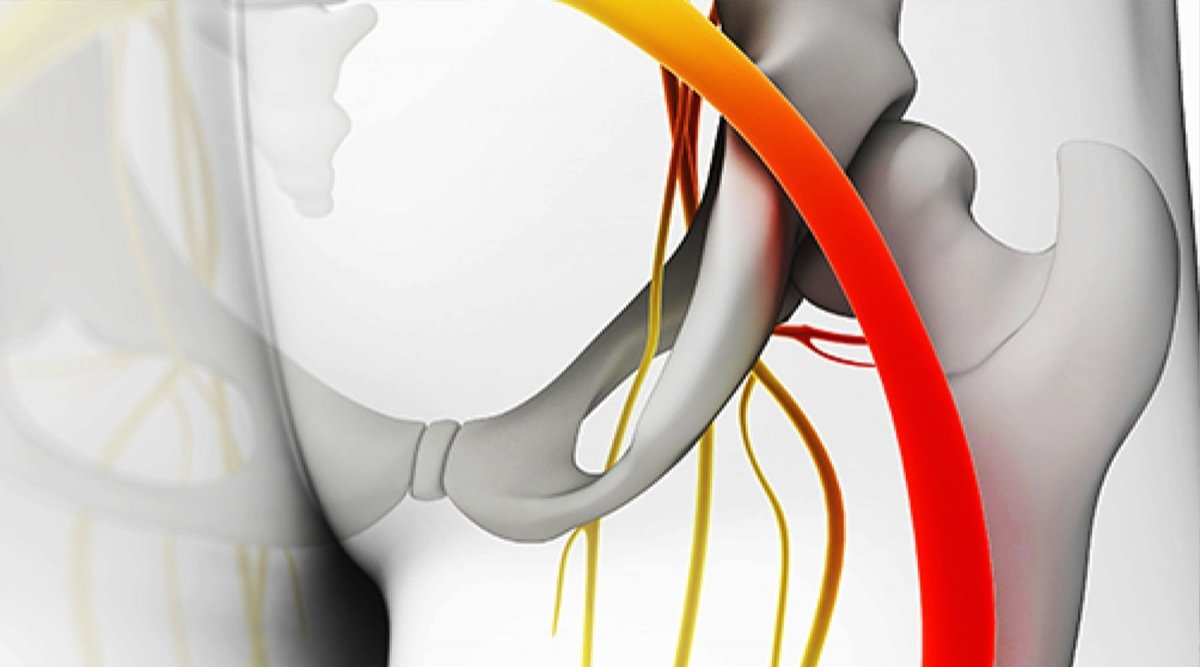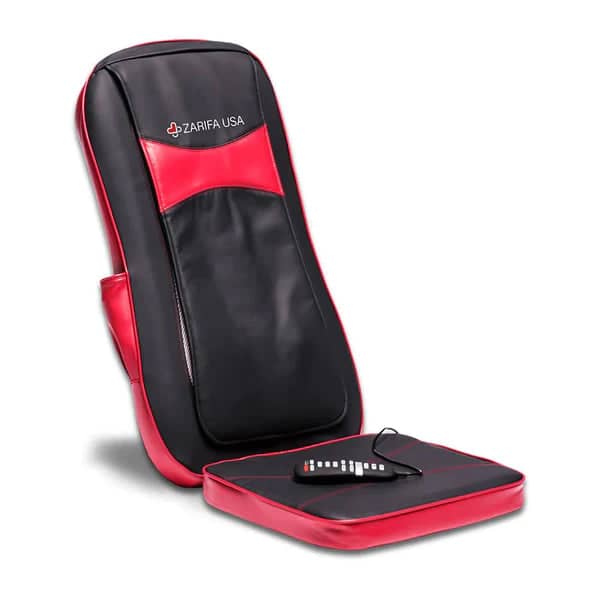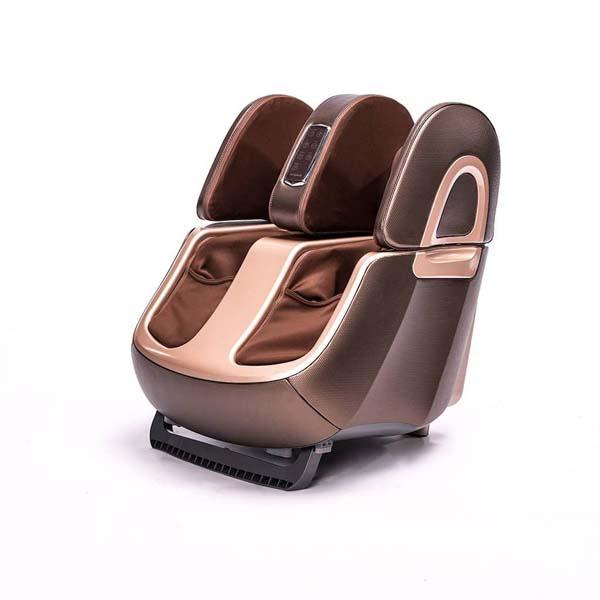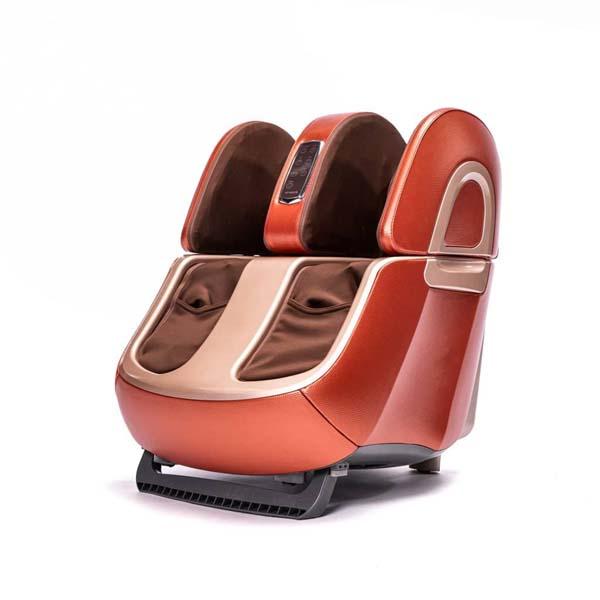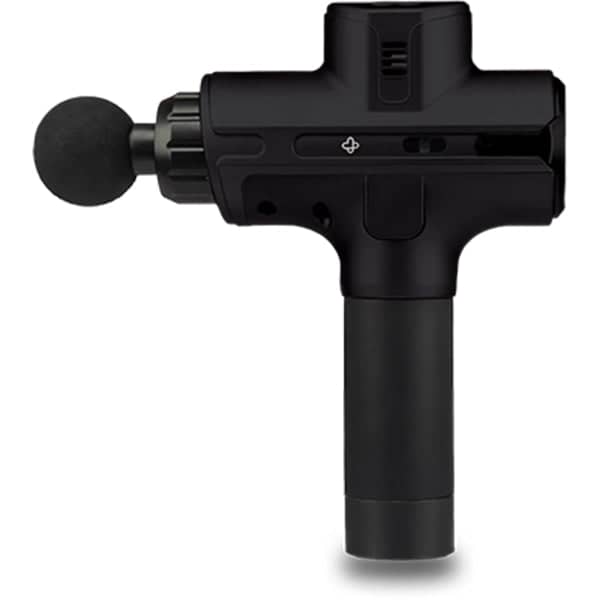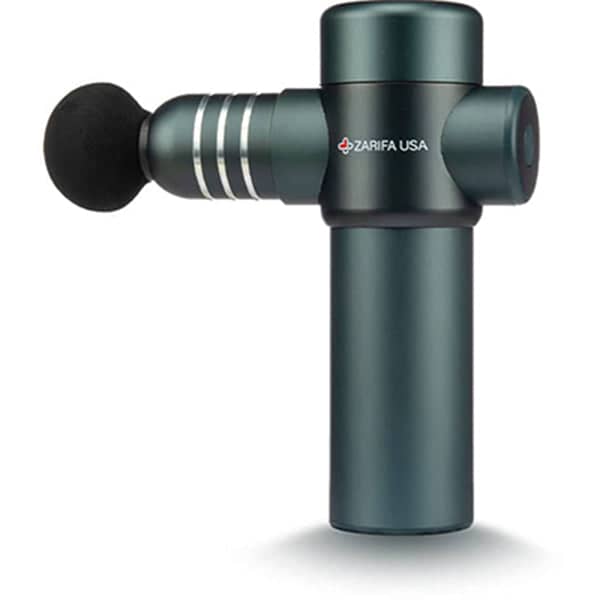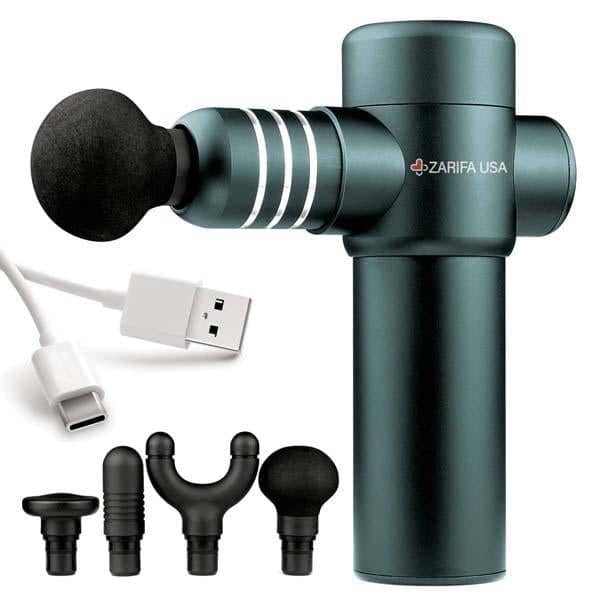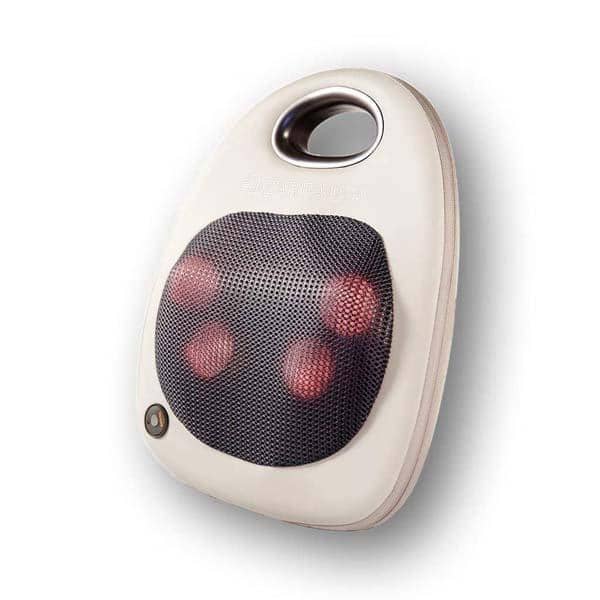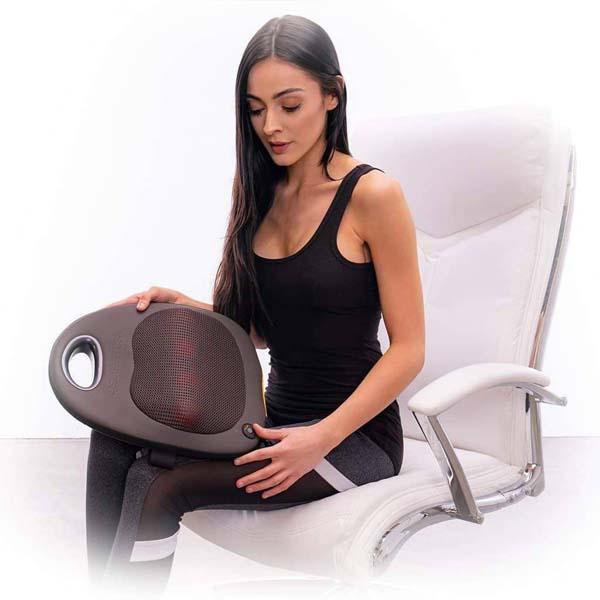If you suffer from sciatica, the TENS unit therapy can help you reduce pain and get you back to your life. Sciatica is a nerve-related condition that can cause potentially debilitating pain. Transcutaneous electrical nerve stimulation or TENS unit for sciatica pain provides non-invasive therapy for this chronic pain condition and it’s yielding some impressive results. Here’s what it is, how it works, and who it works for. We’ll also discuss TENS unit placement for sciatica further on if you already have a device and are trying to use it properly to relieve your pain.
How Long to Use TENS Unit for Sciatica Pain?
Chronic pain is no joke, but if someone told you a TENS machine could relieve that pain, would you laugh? It turns out that there is such a thing, but it’s not quite the same as an electric shock you might receive from faulty wiring. TENS for sciatica uses a low-voltage electrical current delivered through two electrodes attached to the skin (usually through a patch of some kind) to interrupt or fully block the nerve signals that create sciatica pain.
Let’s look at what causes sciatica to understand how TENS unit for sciatic pain could work for you.

What is sciatica?
The sciatic nerve begins in the lower back, where it branches off and goes down each buttock, hip, and thigh. It branches again at the knees and continues to the feet. The sciatic nerve is the longest and largest in the body and, at its thickest, is as large around as a finger. Several conditions, such as a herniated disc or spinal stenosis, can cause irritation and inflammation of the sciatic nerve, leading to sciatic nerve pain. When this occurs, the sciatic nerve begins to transmit pain signals.
Sciatica discomfort may begin as numbness or tingling in the buttock or upper thigh, but it often worsens with time.
The discomfort might increase to pain, and the pain can spread from the buttock down the back of the thigh. Eventually, this pain can spread down the lower leg until it’s even felt in the toes. Sciatica pain might also radiate upwards, causing pain in the lower back. No matter where else it might spread, pain from sciatica is always felt in the back of the thigh, and it is almost always felt in just one leg.

Traditional treatments for sciatica pain relief
During a flare-up of sciatica, or a period of acutely increased pain, some rest might be beneficial to relieve sciatica pain. As soon as possible, though, a normal, active daily routine should be resumed. In the long-term, rest may actually worsen pain from sciatica. Exercise is highly effective, both at preventing sciatica and as a therapy for existing sciatica. However, if the pain has reached debilitating levels, exercise may not be viable.
Medications are often recommended for sciatica pain. However, the most effective oral medications are usually opioids, which carry a heavy risk of dependency. Injected medications, such as a sciatic nerve block, can provide significant pain relief. While injections are less invasive than corrective surgery, they can still risk infection or bleeding.
Another therapy, called transcutaneous electrical nerve stimulation (TENS), can provide a totally non-invasive alternative.

Understanding Transcutaneous Electrical Nerve Stimulation (TENS)
Transcutaneous Electrical Nerve Stimulation (TENS) is a non-invasive, non-pharmacological method for pain relief that leverages electrical impulses to stimulate nerve cells and block pain signals to the brain. TENS units are compact, portable devices that deliver these electrical currents through adhesive pads known as electrodes, which are placed on the skin near the pain area. The beauty of TENS therapy lies in its adjustability; you can tweak the intensity, frequency, and duration of the electrical impulses to suit your specific needs.
TENS is widely used to relieve various types of pain, including chronic pain, acute pain, and pain resulting from injuries, surgeries, and medical conditions like sciatica. The therapy is grounded in the gate control theory of pain, which posits that the brain can only process a limited amount of pain signals at any given time. By stimulating nerve cells with electrical impulses, TENS units can effectively block these pain signals, thereby reducing the perception of pain.

How Does a TENS Unit for Sciatica Work?
A TENS unit for sciatica works by delivering electrical impulses to the affected area, which helps to block pain signals and reduce inflammation. These electrical impulses stimulate the nerve cells, prompting the release of endorphins, the body’s natural painkillers. This dual action can help to relieve pain, reduce muscle spasms, and improve mobility.
When using a TENS unit for sciatica, proper electrode placement is crucial. The electrodes should be positioned on either side of the spine at the level of the pain, but never directly on the spine or over areas with metal implants. The intensity and frequency of the electrical impulses can be adjusted to match your comfort level and specific needs, making it a highly customizable treatment option.
Choosing the Right TENS Unit for Sciatica
Selecting the right TENS unit for sciatica can feel overwhelming given the myriad of options available. Here are some key factors to consider:
- Intensity: Opt for a TENS unit that allows you to adjust the intensity of the electrical impulses to suit your needs.
- Frequency: Look for a unit that offers multiple frequency settings to help you find the most effective setting for your pain.
- Electrode Placement: Choose a TENS unit with versatile electrode placement options to ensure you can position the electrodes correctly.
- Portability: A portable and easy-to-use TENS unit allows you to take your pain relief on the go.
- Brand Reputation: Select a reputable brand known for high-quality TENS units and excellent customer support.
Safety Precautions and Risks
While TENS units are generally safe and effective, it’s important to be aware of certain safety precautions and risks:
- Avoid using a TENS unit near water or in humid environments.
- Do not place electrodes on broken or irritated skin.
- Refrain from using a TENS unit on areas with metal implants or pacemakers.
- If you have epilepsy or heart problems, consult a healthcare provider before use.
- Pregnant or breastfeeding women should also seek medical advice before using a TENS unit.
Always follow the manufacturer’s instructions and guidelines when using a TENS unit, and consult with a healthcare provider if you have any concerns or questions.
TENS Unit Placement and Settings
Proper placement and settings of the TENS unit are crucial for effective pain relief. Here are some tips to get the most out of your TENS therapy:
- Place the electrodes on either side of the spine at the level of the pain.
- Use multiple electrodes to cover a larger area if needed.
- Adjust the intensity and frequency of the electrical impulses to match your comfort level.
- Start with low settings and gradually increase as needed.
- Use the TENS unit for 15-30 minutes at a time, with breaks in between sessions.
When to Seek Professional Advice
While TENS units can be an effective method for pain relief, there are certain situations where professional advice is essential:
- If you have a pacemaker or metal implant.
- If you have epilepsy or heart problems.
- If you are pregnant or breastfeeding.
- If you have a history of cancer or are undergoing chemotherapy.
- If you experience any adverse effects or discomfort while using the TENS unit.
Consult with a healthcare provider before using a TENS unit, especially if you have any underlying medical conditions or concerns.
How does transcutaneous electrical nerve stimulation for sciatica work?
There are a couple of different theories on how the TENS unit for sciatica works to provide sciatica pain relief. Understanding the various sciatica pain symptoms can help in determining the most effective use of a TENS unit. The first is that the electrical current from the tens machine interrupts or fully blocks the nerve signals that indicate pain in the brain. TENS machines are versatile and can be adjusted to meet individual pain management needs. Another theory is that the nerve stimulation caused by the TENS unit helps the brain to produce more endorphins, which then overrides the sensation of pain.
Depending on the level of pain, patients may use their TENS unit for as little as one 30-minute session. Others may need to utilize this therapy for several hours a day. This is an easily customized treatment that has virtually zero side effects.
Side effects that do exist may include skin irritation if electrodes remain in the same place for several days. Patients with pre-existing heart conditions, those who wear a pacemaker for such conditions, and pregnant women should talk with their doctors before starting this therapy.
Although literature concerning the effectiveness of TENS unit therapy for sciatica is somewhat inconsistent, most medical professionals agree that the outcome is generally positive. Approximately 70% to 80% of patients experience pain relief during their initial use of TENS unit for sciatica. The success rate drops to 20% to 30% after a few months. However, if the initial relief of pain allows the introduction of gentle exercises, such as walking or stretching, TENS unit therapy can ultimately lead to very long-lasting relief of pain.
The initial settings for TENS unit therapy are usually determined by a professional, such as a physical therapist or physician. Before going home with a TENS unit, the person using it should be sure to learn from his or her physician how to safely adjust the settings. This way, he or she can try different amplitudes, pulse widths, and pulse rates to see what’s most effective.

